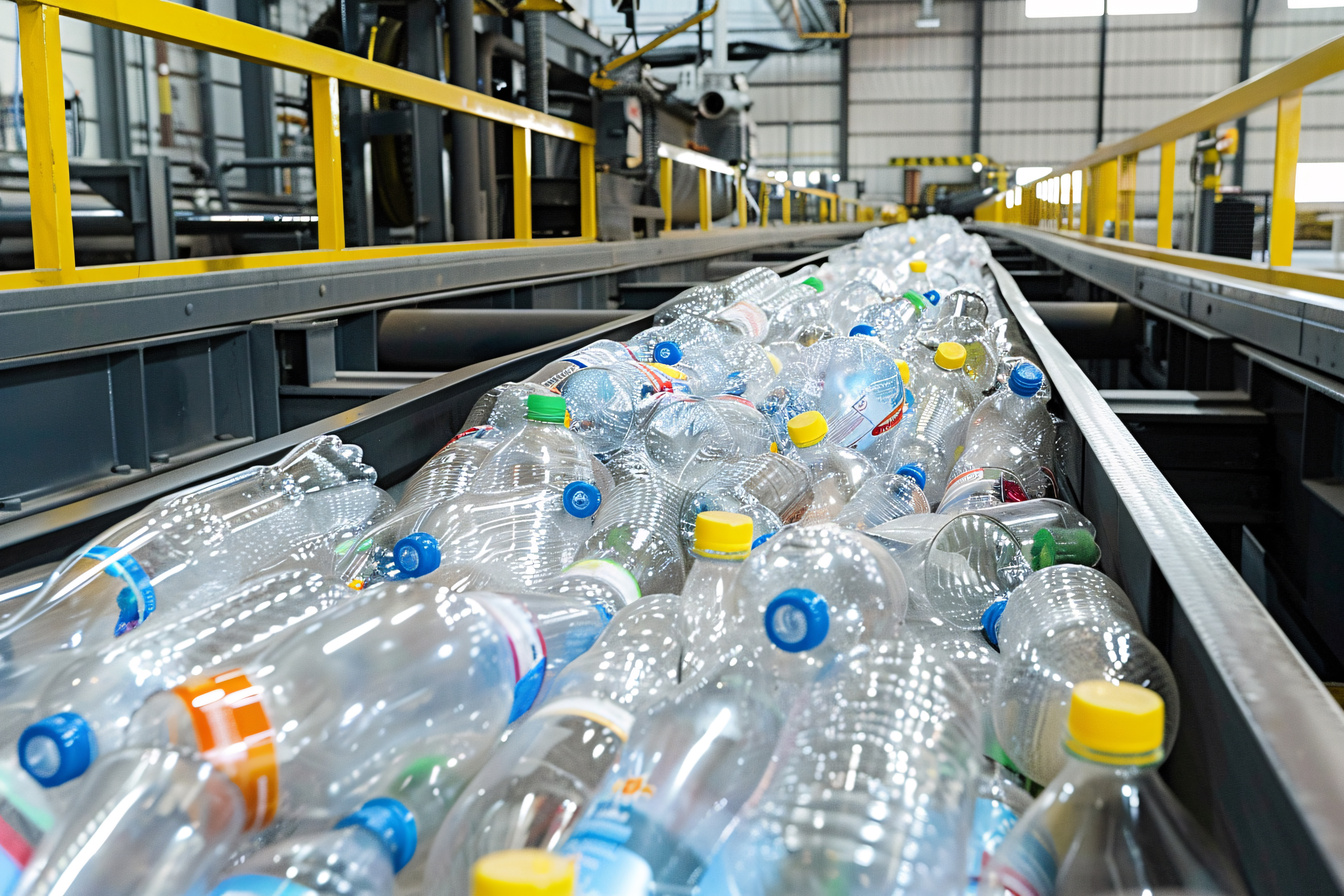Polyethylene Terephthalate, a.k.a. PET plastic, is one of the most utilized plastics in the world. It is also the most widely recycled. PET is versatile, easy to work with, and can be recycled almost endlessly. That is what makes it so attractive.
Recycling PET involves a straightforward and simple mechanical process. It is similar to the process utilized by Tennessee’s Seraphim Plastics to recycle tons of industrial plastic waste every year. Mechanical recycling relies on grinders to reduce plastic waste to small pellets or flakes. In the case of PET, those pellets and flakes are easily turned into new PET products.
Step #1: Collection
The first step in recycling PET is collection. Whether it is a recycler picking up entire loads of already baled PET bottles or a local waste hauler grabbing recyclables from curbside bins, PET needs to be collected and sent to a central location for further processing. Ideally, collecting already cleaned and sorted materials is the most efficient and cost-effective way of doing so. Yet municipalities and local trash haulers are content to rely on curbside recycling programs.
Step #2: Sorting
The necessity of this second step is determined by circumstances. According to Seraphim Plastics, baled loads of PET bottles do not need to be sorted. They already are. As for curbside collections, sorting is part of the process. It can be done manually or via automation. One way or the other, PET needs to be sorted from glass, paper, cardboard, and other types of plastic.
Step #3: Reduction
Sorted PET materials are compressed, loaded on trucks, and shipped to a recycler ready to reduce them to small pellets. Grinders do the work with ease. Grinded material is also sent through a series of magnets to remove any metal contamination. But wait. The process is not done quite yet.
Step #4: Washing
Washing is necessary due to the fact that discarded PET is often contaminated by food or beverage residues. The reduced material is sent through a standard wash to remove food contaminants, labels, glue, etc. Filters remove things like bottle caps and the little plastic rings that hold the caps in place.
Step #5: Decontamination
Washing does a pretty good job of removing most contaminants. But just in case some of the plastic in a particular load has been contaminated by chemicals that do not easily wash out, the processed material is put through a high heat decontamination process.
Through a combination of heat, pressure, and filtering, nearly all contaminants can be removed. This particular step has an added benefit: it melts the plastic, thereby returning it to a chemical state that is pretty close to virgin plastic. This is what makes PET endlessly recyclable. Returning it to near-virgin state makes it suitable for manufacturing new pieces without the need for any virgin plastic at all.
Step #6: A Second Reduction
In the final phase, the cleaned and decontaminated material must go through a second reduction. Melting has bonded the plastic together again, but grinders and shredders turn it into a crystalline pellet material that’s ready to be melted down and formed into bottles, food containers, etc.
Although mechanical recycling is a tightly controlled process designed to achieve the highest possible standards, the principle behind it is straightforward and simple. PET plastic bottles and food containers are mechanically reduced to small pieces then cleaned and decontaminated so that the resulting material can go back into the manufacturing stream.
Next time you are thinking about throwing away a plastic water bottle, think again. Recycle it instead. It is so easy to do that anyone can handle it.
